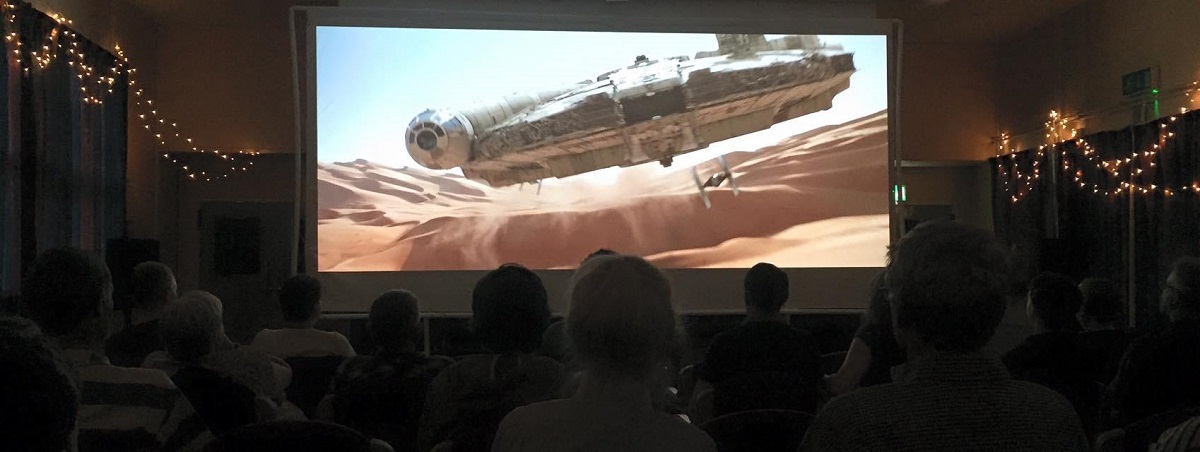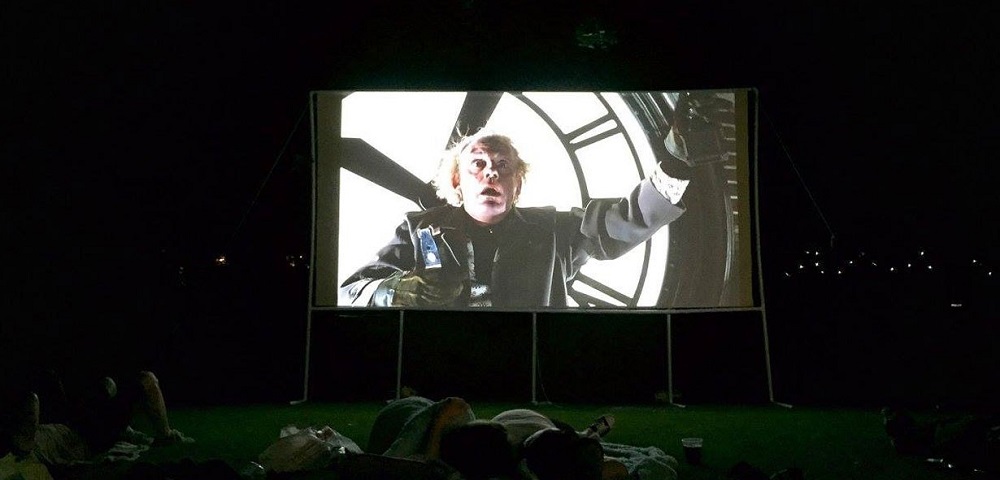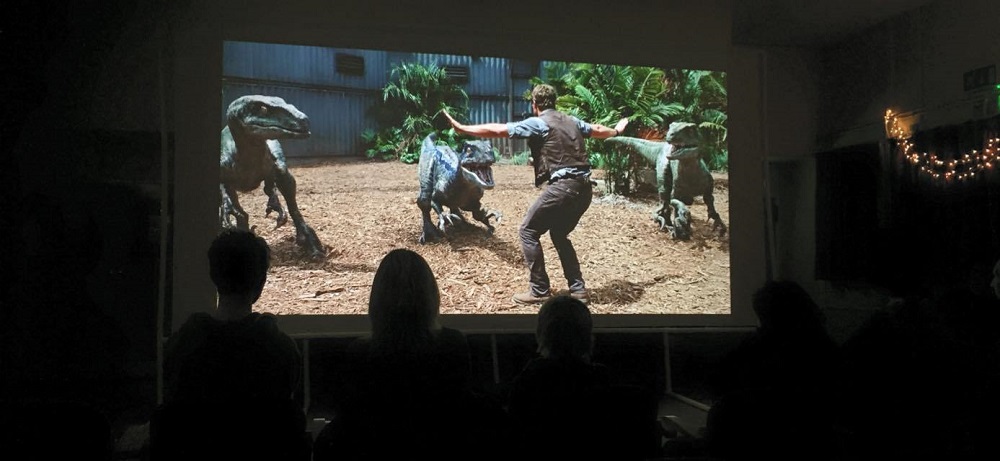As the price of cinema tickets continues to skyrocket (not to mention the price of the popcorn), the Friday night film date is quickly becoming less frequent. But thankfully, there’s another way to enjoy a night out watching films: community cinema.
According to a study by the BFI, the average price of a cinema ticket in the UK increased from £4.87 in 2006 to £7.17 in 2015 – and in major cities such as London, a single adult ticket can easily cost close to £20.
The issue is further compounded by television packages such as those offered by Sky, and online services like Netflix and Amazon. The cost of a monthly subscription can be cheaper than a single cinema ticket and thus offer much better value for money.
These factors relegate the cinema visit from being a fan favorite to an occasional treat. Instead, people seek an alternative cinema experience that provides the same quality viewing without the expensive price tag.
Rise Of the Pop-Up Cinema
This alternative is increasingly taking shape in the form of community cinema, film clubs and societies running their own pop up cinema screenings.[related]
We’ve all heard of (and may have seen) cinema screens popping up on rooftops and racecourses on fairly large scales, and as a by-product of that, groups have started dusting off their camping chairs and establishing cinemas of their own in whatever location takes their fancy.
From school and village halls to sports clubs, parks and even back gardens, no space is exempt from becoming a quirky home-grown cinema that local residents can enjoy at their leisure – especially when armed with a projector and a popcorn machine.
Not only does it bring the community together in its shared cinema experience, but it can save it money, too. A trip to the village hall is likely to be far cheaper than travelling into town to visit the closest multiplex.
What’s more, advances in technology mean that just because viewers are watching a film locally in an informal set-up, the viewing quality doesn’t need to be compromised. In fact, modern projectors are now so advanced that communities can enjoy very similar image quality as they do in commercial cinemas.
Pop up cinema an experience that can be shared with whole neighborhoods.
Pop up cinema gives villages the chance to get lots of people together for a casual, family-friendly event, whether that be a cosy indoor movie night during the winter or open-air screenings throughout the summer.
Tring Cinema is one such perfect example; a community cinema for Tring and the surrounding villages, it is run and organised by local members of the community.
Tring Cinema received financial support from local businesses, which enabled it to build a 2.5m x 5m screen in a village hall in the center of Tring.
The group then selected a top-of-the-range Epson projector, offering high definition images that could be shown in a variety of light levels and connects to various high definition devices, to deliver a full cinematic experience.
Such initiatives are quickly becoming commonplace across the UK, with more and more people keen to take part in a shared movie experience that doesn’t disappoint.
Cracking the Community Cinema Market
Of course, no community cinema is able to function without the right equipment. Films can be screened using fairly basic kit, commonly comprising of a DVD or Blu-ray player, a projector, a screen and a sound system.
Read Next: Is the Giant-Screen Market a Boon for Immersive Video Integrators?
Larger venues require slightly higher quality equipment in order to achieve greater clarity of sound and vision, but today’s level of projector technology is more than capable of meeting these demands.
Integrators itching to form relationships and a reputation in this market can help potential communities, art centers and chambers of commerce set up a pop up cinema from the ground up. Social media is a free and effective way of getting the message out, as are local newsletters, notice boards and leaflets.






